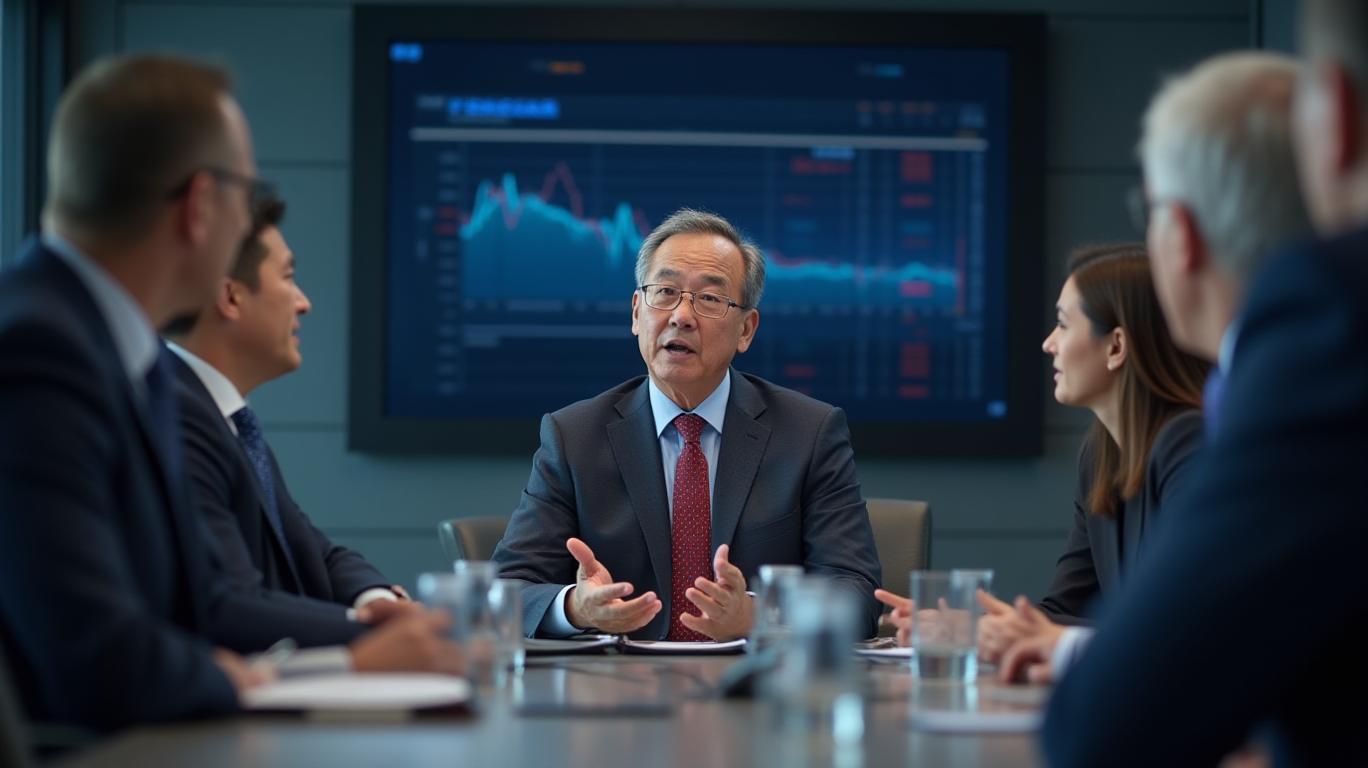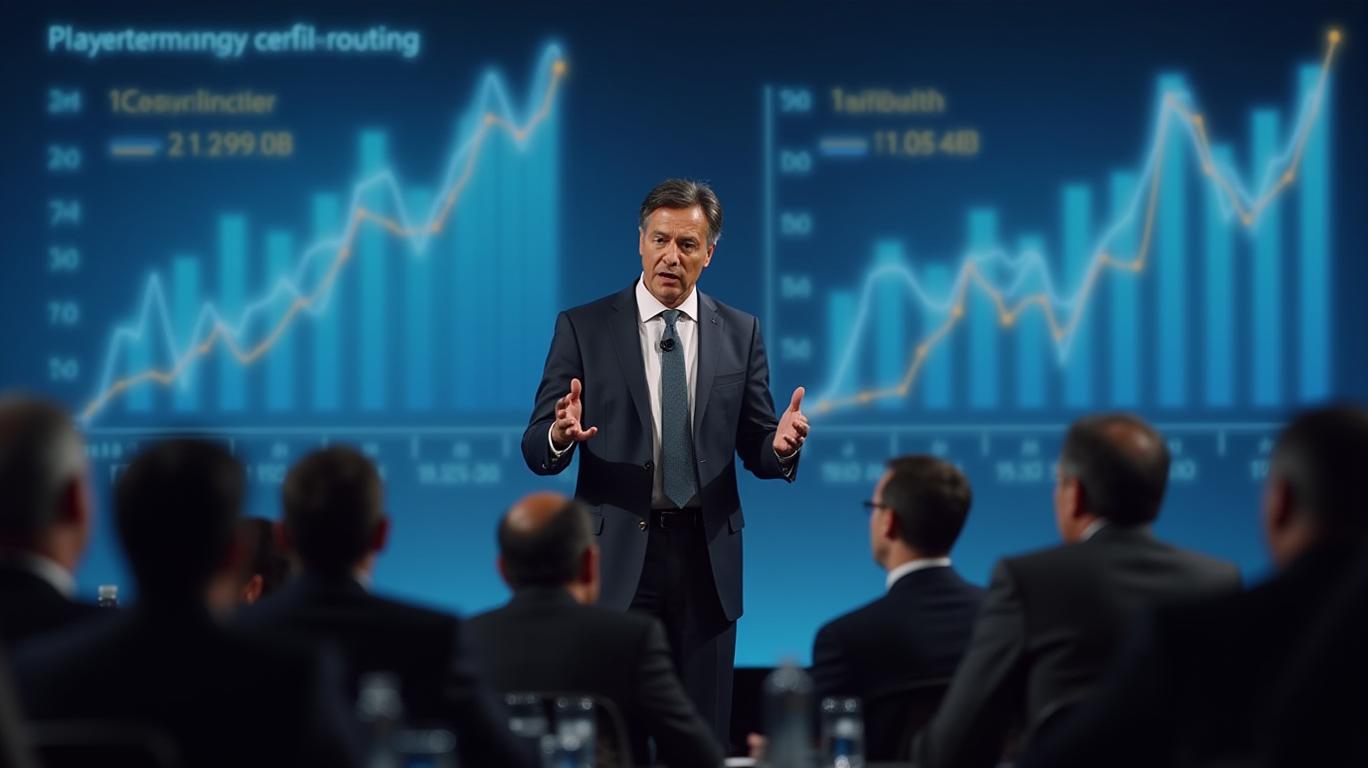GPC Q1 Earnings Call: Revenue Beat Offset by Soft Markets and Tariff Uncertainty
Genuine Parts Company (GPC) delivered a modest revenue beat in its Q1 2025 earnings report, but the results underscored lingering challenges in a slowing economy and the persistent threat of trade policy uncertainty. While the automotive segment showed resilience and cost-cutting initiatives gained traction, management’s cautious outlook highlights the fragility of GPC’s growth trajectory amid inflation and tariff-driven headwinds.
Revenue Growth Amid Fragmented Performance
GPC reported Q1 revenue of $5.87 billion, a 1.4% year-over-year increase, narrowly surpassing analyst estimates of $5.83 billion. However, the growth was uneven across segments:
- Automotive Parts Group: Revenue rose 2.5% to $3.7 billion, fueled by acquisitions like MPEC and Walker, though comparable sales softened.
- Industrial Parts Group: Revenue fell 0.4% to $2.2 billion, with foreign currency headwinds and weak industrial demand weighing on results.
The company reaffirmed its full-year revenue guidance of 2%–4% growth, but management emphasized that this assumes no material impact from tariffs or trade policy shifts.

Earnings and Cash Flow: A Mixed Picture
GPC’s adjusted diluted EPS of $1.75 beat estimates by 3.9%, reflecting disciplined cost management. However, free cash flow turned negative (-$160.7 million) in Q1, a stark contrast to the $202.6 million generated in the same period last year. The decline stemmed from lower net income and working capital adjustments, raising concerns about liquidity amid ongoing investments.
A looming risk is a potential $540 million non-cash charge from terminating GPC’s U.S. pension plan, which management expects to hit earnings in late 2025 or 2026. This one-time hit underscores the challenges of managing legacy costs in a low-growth environment.
Tariffs and Trade Policy: The Elephant in the Room
GPC’s management framed tariffs and trade policy uncertainty as the primary risks to its outlook. While Q1 results excluded material tariff impacts, executives warned that U.S. levies—particularly on Canadian and Chinese imports—and retaliatory measures could disrupt pricing, supply chains, and demand. Key points include:
- Cost Pressures: Rising wage and rent inflation drove a 2% increase in SG&A expenses. Management expects moderation but faces a delicate balancing act between cost containment and service quality.
- Mitigation Strategies: Plans to achieve $100–$125 million in annualized cost savings by 2025 hinge on restructuring initiatives, though benefits are delayed until 2026.
- Demand Risks: Analysts pressed management on whether tariffs had spurred demand pull-forward, but GPC reported no such evidence. Instead, industrial recovery remains fragile, with only nine of 14 end markets showing sequential improvement.
Operational Challenges and Strategic Shifts
GPC’s digital transformation and acquisitions are critical to its long-term strategy, but execution risks linger:
- E-Commerce Push: The NAPA ProLink platform, developed with Google, is driving mid-single-digit B2B e-sales growth, though this segment remains small relative to total revenue.
- Acquisition Integration: While acquisitions bolstered automotive sales, integration costs and slower organic growth highlight the limits of this growth lever.
Analyst Insights: Navigating Uncertainty
Analysts on the call pressed management on tariff exposure and demand trends:
- UBS’s Michael Lasser: Emphasized the complexity of tariff impacts across SKUs and geographies, urging GPC to quantify risks.
- Evercore’s Gregory Melich: Noted that tariff resolution could boost H2 2025 performance but warned of a slower acquisition pace post-2024.
- JPMorgan’s Christian Carlino: Confirmed no demand pull-forward, attributing Q1 improvements to destocking reversals rather than sustained demand.
Conclusion: GPC’s Growth Faces Crosswinds
GPC’s Q1 results reflect a company navigating a narrow path between cautious optimism and macroeconomic headwinds. While the revenue beat and EPS resilience are positives, the negative free cash flow and pension charge cloud the near-term outlook. Trade policy uncertainty remains the largest overhang, with tariffs threatening to disrupt both input costs and demand stability.
Crucially, GPC’s ability to execute its restructuring and digital initiatives—while managing legacy liabilities—will determine its ability to sustain margins in 2026 and beyond. Investors should monitor two key metrics:
1. Industrial Parts Group Recovery: A sustained rebound in industrial demand could offset automotive softness.
2. Trade Policy Developments: A resolution to U.S.-China or U.S.-Canada trade disputes could alleviate cost pressures and stabilize guidance.
In summary, GPC’s Q1 results are a reminder that even well-positioned distributors face formidable challenges in a slowing economy. While the company’s defensive strategy buys time, the path to consistent growth hinges on external factors largely beyond its control. For now, investors should temper expectations and await clarity on trade policy and industrial demand trends before committing to a long-term position.










